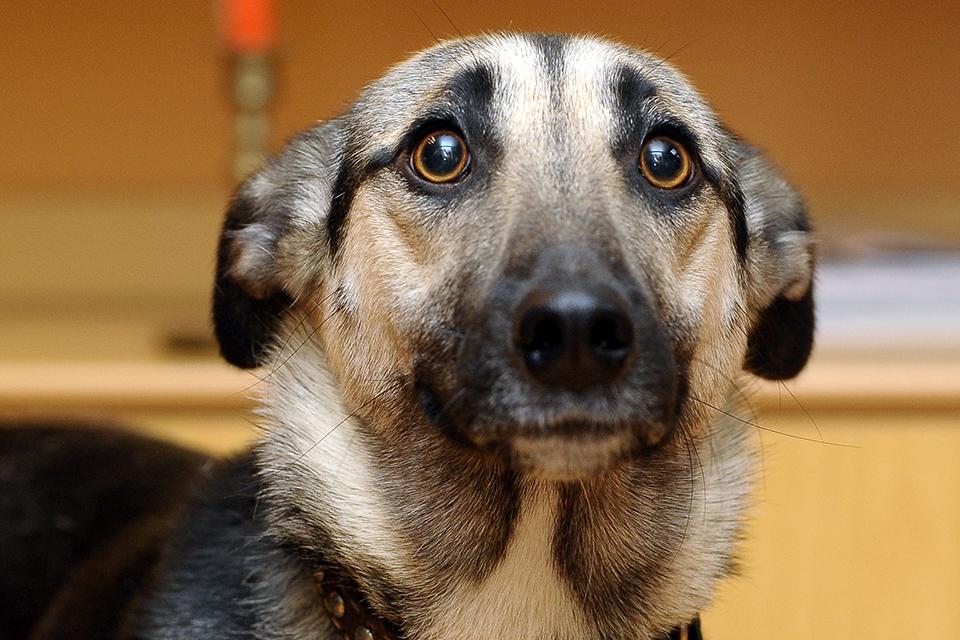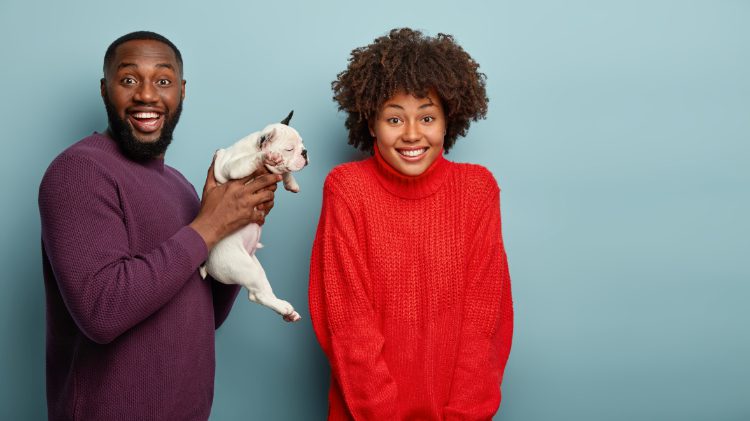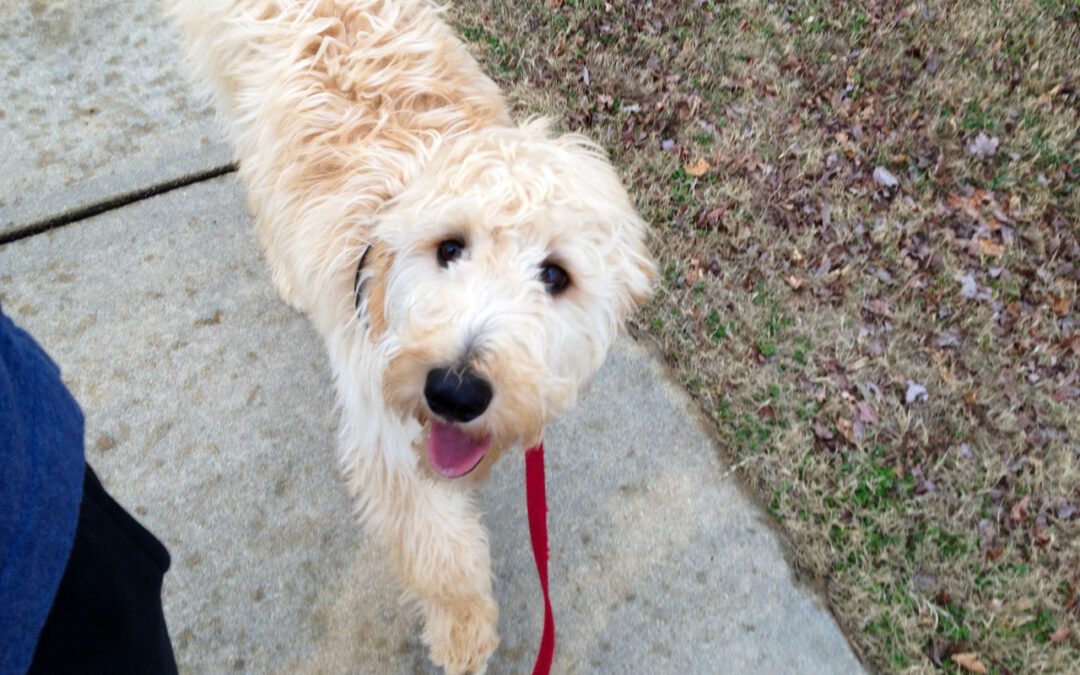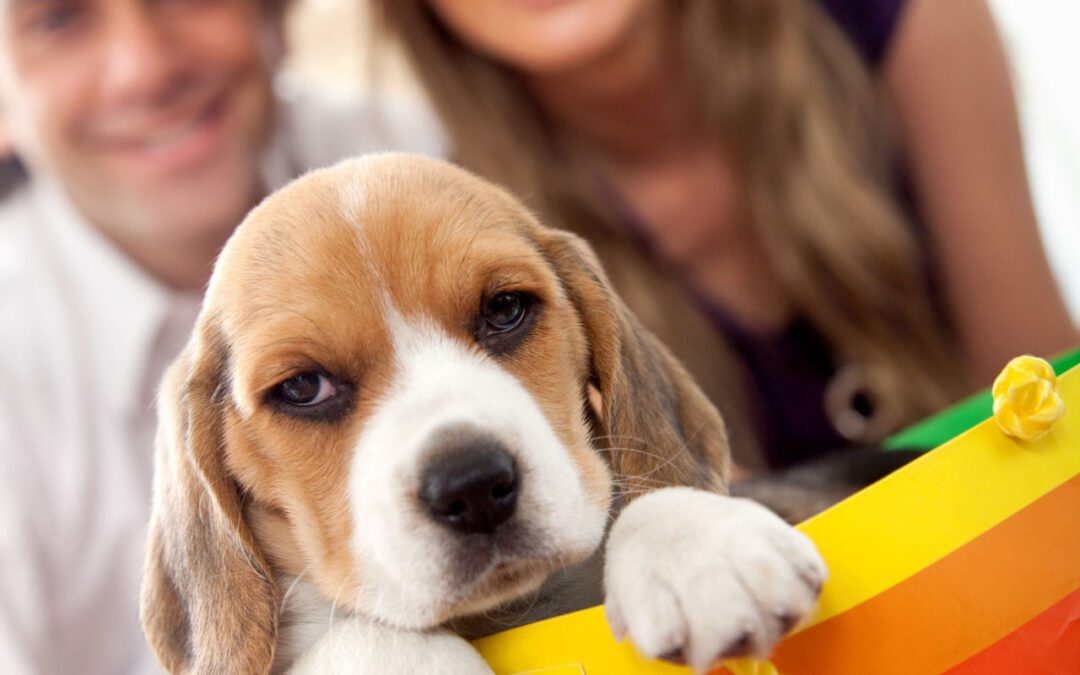


Bringing Home Your New Dog
Bringing Home Your New Dog There are right and wrong ways to bring a new dog into your house. Any time a dog enters into a new environment it is a big deal for the dog.This is true for any new environment for a dog be it a new car, dog park, a house, and it’s...
You Have To Walk Your Dog.
You Have To Walk Your Dog. Two of the most common excuses people have about not to walk their dog are “I have a big yard.” and/or “ I have multiple dogs and they play all the time.” Listen the Podcast Episode I recorded: Human Walk Your Dog. Let’s start with the...
